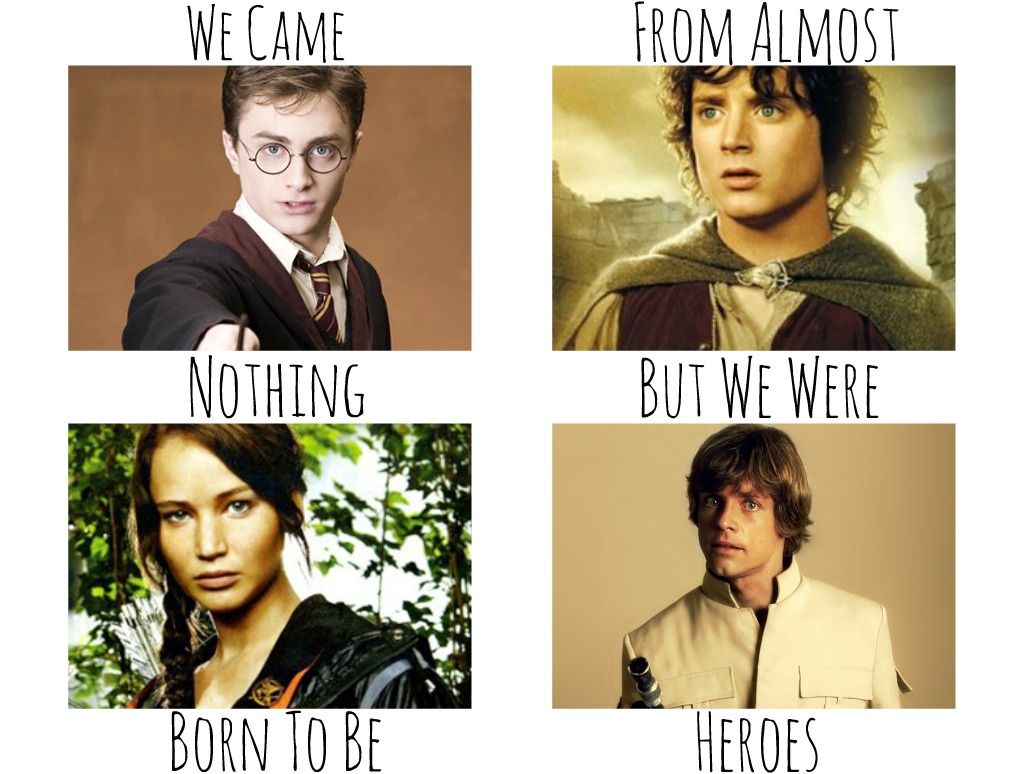Why storytelling?
Story-telling is a narrative technique that creates emotion and involvement and conveys values in an authentic and coherent way to capture the audience's attention. It allows to speak the same language as our interlocutor and engage the audience, whether predefined or induced to behaviour (e.g. purchasing).
Story-telling is a narrative capital that allows a company to improve itself, to look at the world around it in a different way in order to understand its identity, its history and the corporate culture that distinguishes it. It also allows a company to express its potential, those of its product and to activate certain behaviours that will create appeal in the target audience.
In recent years, story-telling has become a competitive element for companies, becoming a necessary feature to enter a market. We tell the characteristics of our brand to a distinct audience, made up of people in order to understand the feelings of those we are naming. It is, therefore, necessary to conduct a qualitative analysis in order to listen to the state of mind of the people we are addressing in order to understand their momentum. In doing so, we will be able to create identification with our target user and engage with their need (Customer Life Journey).
We, therefore, draw the narrative profile of the target audience in order to build a suitable offer for it.
How to Story-telling?
Following the qualitative analysis mentioned above, it is necessary to conduct responsible story-telling while maintaining consistency with what is being told.
We prefer the intangible element related to our product or service placing its characteristics in a specific reference market. In the case of international markets, it is good practice to conduct a study of the culture and characteristics related to the country in which you operate.
The cultural dimension takes on fundamental characteristics in order to aim to compete in the reality in which it is constituted. Among the key elements that we can take into consideration to analyze the culture of a country and its market we find them:
- Sense of the local hierarchy in order to be able to aim for top management;
- The opposition between community and individuality;
- Analysis of relationships (Short term vs. Long term);
- Analysis of the type of society related to gender issues (Masculinity vs Femininity);
The elements listed above can be merged in order to create clusters to be applied to the communication to be adopted as a business strategy.
We strictly avoid to be guided by stereotypes and prejudices and we prefer inclusive behavior that leads to the understanding of the cultural aspects of the market in which one's business reality is told. In addition to communicative elements, we pay attention to verbal and non-verbal language in order to avoid misunderstandings.
Flexibility is the key to selling a product or service and embracing local business policies.
On a practical level, the narrative technique of story-telling can be expressed through digital tools. We want to deepen the communication of corporate values through the online blog. Using a blog creates visibility for the company online and generates opportunities for customer acquisition and therefore sales. The blog must be consistent with the reality that is told, it must be original and follow the linguistic and stylistic style of the context that is narrated. The main search engines prefer original content and are hungry for SEO-friendly meta-contents. It is, therefore, appropriate to identify keywords and meta-descriptions to be fed to the CMS that hosts the blog in order to make our pages and, consequently, our products or services more attractive to search engines.
Customer Life Journey = Hero’s Journey
The author who approaches Story-telling and narrates a company reality, in this case, the corporate one, creates story-telling, a world in which we understand who we are and how to tell ourselves. It will, therefore, be good practice to create a Storyboard like the one that distinguishes the journey of a superhero ("Hero with a thousand faces" J. Campbell).
The hero that we can associate with the reality of our company, makes an adventure that begins with a call to action (we can compare it with the need for corporate change), this vocation is opposed to the refusal (obstacle to change - e.g. finances). He will, therefore, have to face his antagonist (e.g. identify the price of a product abroad), carry out tests that will lead him to victory and to obtaining a reward (e.g. to establish profitable relationships with the operators of the reference market).
The journey is the basis of the narrative. There must be the right tension in order to make the narrative appealing and transfer it to the context in which it operates and enhance the emotions that reign in it.
Making parallelism with the hero's journey, transposing it to one's own reality can be an excellent starting point to be able to connect to an audience and the ideal user: the key is the identification.
Enhancing the brand through story-telling
A brand can be considered, on an international level, as a sound that identifies the characteristics of a company and its values. We, therefore, use this narrative tool to tell trends, activities, and experiences related to the product or service offered by our company, the qualities of our workforce, the aesthetics and design that distinguishes us and the set of values that we want to put on the market.
A brand can grow regardless of the value of the product. However, we must be able to build the identity of our brand through an industrial strategy that allows us to transfer the value to the markets (following an analysis of the needs, culture, history, and morphology of the country in which we operate).
We, therefore, work with a view to increasing the economic value of the brand and the emotions it conveys. The intangible characteristics are those that will allow us to sell the product at a higher price than the competition by acting on the value perceived by the end-user. The big brands have achieved success because they have been able to reinvent themselves, to understand our way of life and to influence the purchasing dynamics that we perform, sometimes unconsciously, every day.
Remember that the brand is what is in the consumer's mind and expresses tradition, awareness, history, and reputation of who we are and gives our products (or services) distinctive value that increases the perception of the brand itself.
A well-constructed and well-narrated brand is immediately recognized and evokes feelings in the user (e.g. we associate the Ferrari brand with luxury). The brand is a representation of itself, of the way we want our image to be perceived and combines tangible and intangible elements (Emotions, utility, gratification, etc.) in order to communicate success.






